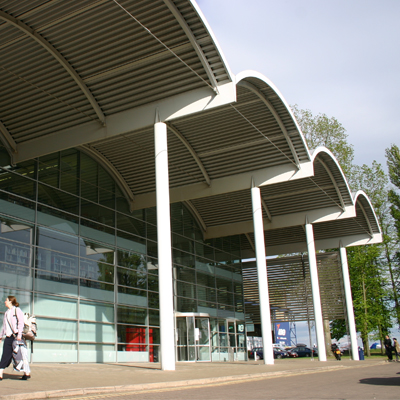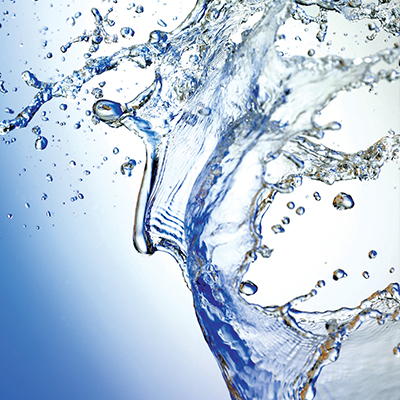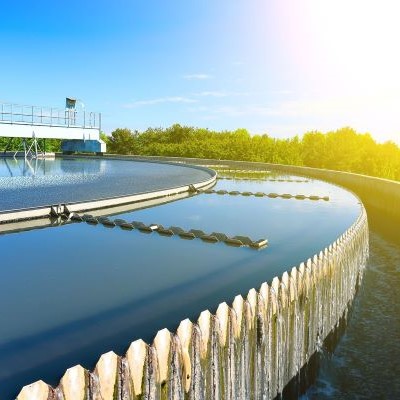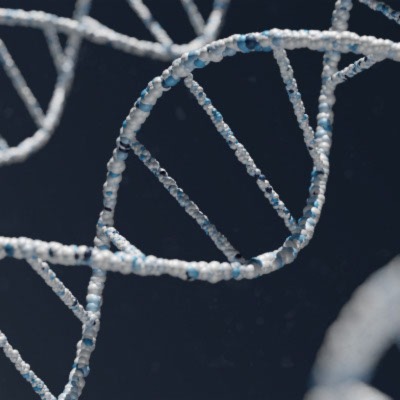Search Cranfield University
Fully-matching results
-
Introduction to CFD modelling and simulation of unsteady turbulent flows, with a particular focus on LES and DNS methods.
Start date
Dec 1, 2025Location
Cranfield campus -
Ranked 8th in the UK and is placed in the top 50 worldwide in the Financial Times Masters in Finance (MiF) 2025 Rankings.
Start date
September 2025, January 2026Location
Cranfield campus -
Self-funded PhD opportunity
Start date
Please enquire for datesLocation
Cranfield campus -
Skills and key insights into airport operations and safety management
Start date
Nov 3, 2025Location
Cranfield campus -
Ranked 4th in the UK and 58th in the world by Financial Times Masters in Management 2024 Ranking
Start date
September 2025Location
Cranfield campus -
Self-funded MSc by Research
Start date
Please enquire for datesLocation
Cranfield campus -
Providing a general knowledge of the conventional processes used in drinking treatment, including the scientific engineering principles on which they are based.
Start date
Oct 29, 2025Location
Cranfield campus -
Self-funded PhD studentship
Start date
Please enquire for datesLocation
Cranfield campus -
A top-ranked marketing MSc ranked 5th in the UK and 22nd in the world in the QS World University Rankings: Masters in Marketing 2025
Start date
September 2025, January 2026Location
Cranfield campus -
This five-day intensive course takes you through the fundamental principles of DNA at a crime scene
Start date
Dec 8, 2025Location
Cranfield campus
Course listing
Filter by
Study Type
- 457 Short course
- 81 Part-time
- 76 Full-time
- 68 PhD
- 5 Online
- 5 Executive
- 1 Full time MOD students only
Theme
Search history
Recently viewed results
Recently clicked results
Your click history is empty.
Recent searches
Recent searches
Your search history is empty.










